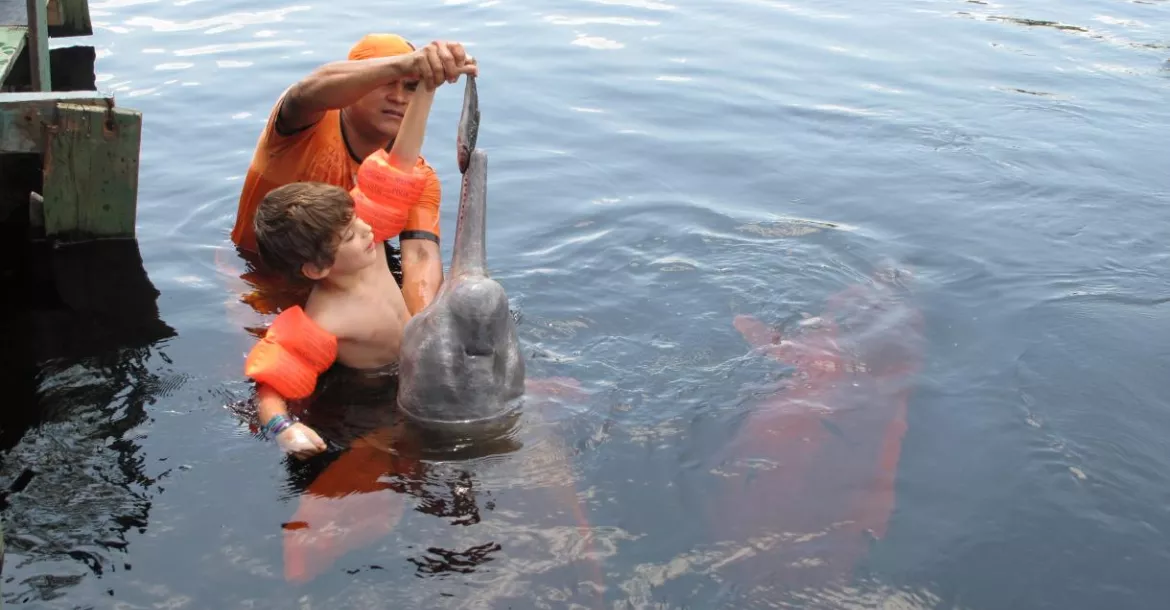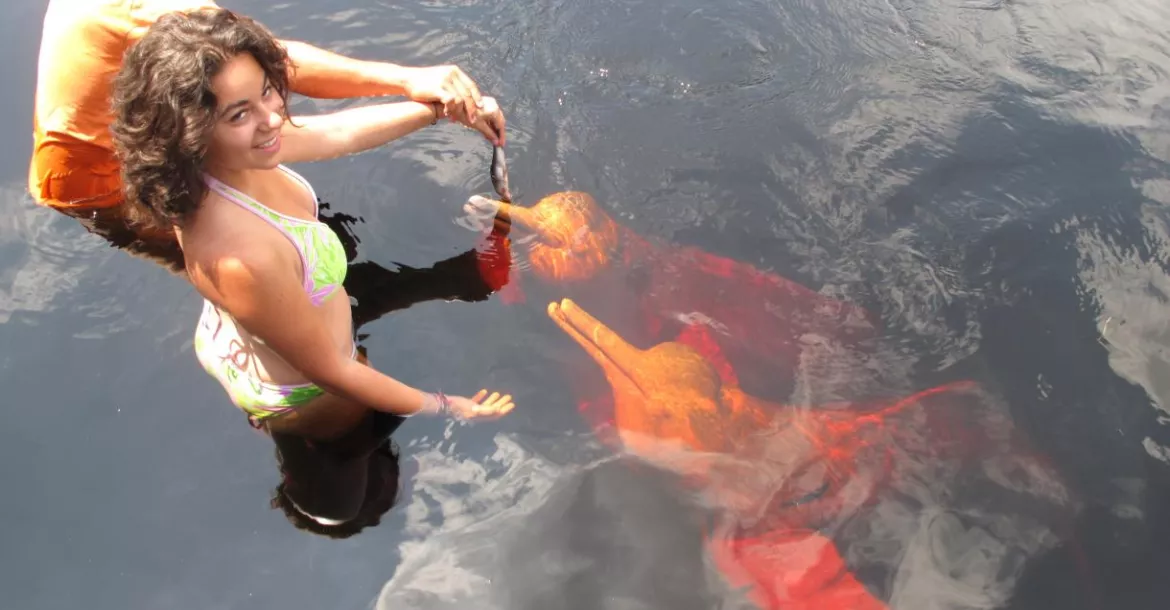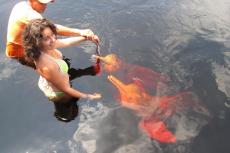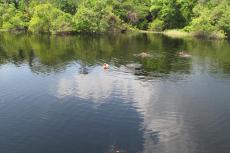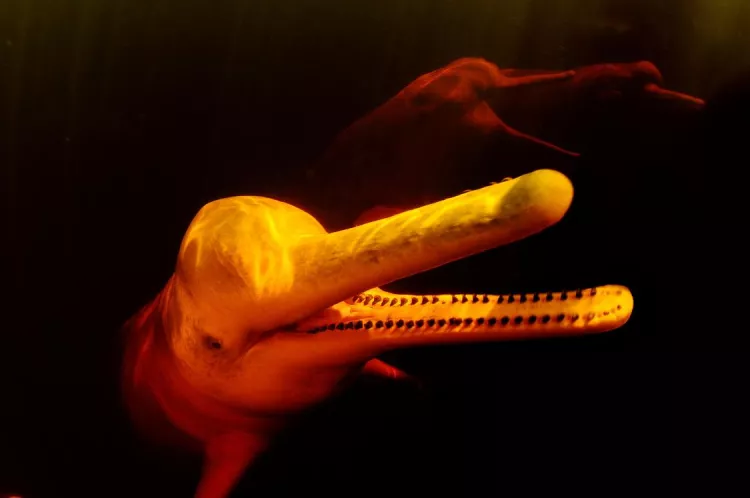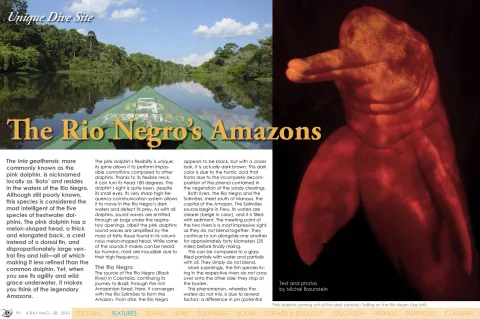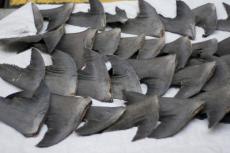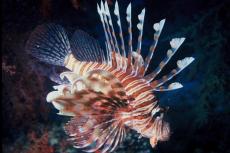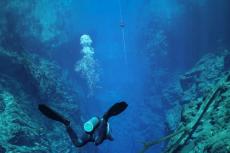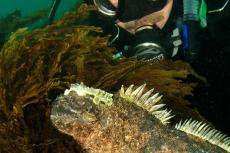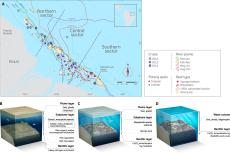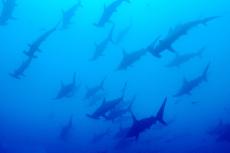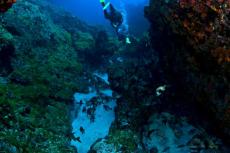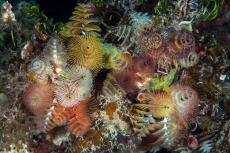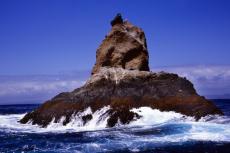The Inia geoffrensis, more commonly known as the pink dolphin, is nicknamed locally as ‘Boto’ and resides in the waters of the Rio Negro. Although still poorly known, this species is considered the most intelligent of the five species of freshwater dolphins. The pink dolphin has a melon-shaped head, a thick and elongated back, a crest instead of a dorsal fin, and disproportionately large ventral fins and tail—all of which making it less refined than the common dolphin. Yet, when you see its agility and wild grace underwater, it makes you think of the legendary Amazons.
Contributed by
Factfile
Michel Braunstein’s passion for the sea was born when he was a child watching Jacques Cousteau’s movies.
At 20, he started diving and doing underwater photography.
Since then, he’s never stopped taking underwater pictures, first with the Nikonos V, and today, with a DSLR.
Recently, Braunstein started an exceptional scuba t-shirts website at www.sharktees.com.
To see more photography by Braunstein, visit: www.braunstein.co.il—a website which won the prize for best promotional website at Antibes World Festival of Underwater Pictures in 2007.
The Inia geoffrensis, more commonly known as the pink dolphin, is nicknamed locally as ‘Boto’ and resides in the waters of the Rio Negro. Although still poorly known, this species is considered the most intelligent of the five species of freshwater dolphins. The pink dolphin has a melon-shaped head, a thick and elongated back, a crest instead of a dorsal fin, and disproportionately large ventral fins and tail—all of which making it less refined than the common dolphin. Yet, when you see its agility and wild grace underwater, it makes you think of the legendary Amazons.
The pink dolphin’s flexibility is unique; its spine allows it to perform impossible contortions compared to other dolphins. Thanks to its flexible neck, it can turn its head 180 degrees. The dolphin’s sight is quite keen, despite its small eyes. Its very sharp high-frequency communication system allows it to move in the Rio Negro’s dark waters and detect its prey.
As with all dolphins, sound waves are emitted through airbags under the respiratory openings, albeit the pink dolphins sound waves are amplified by the mass of fatty tissue found in its voluminous melon-shaped head. While some of the sounds it makes can be heard by humans, most are inaudible due to their high frequency.
The Rio Negro
The source of the Rio Negro (Black River) in Colombia, continuing its journey to Brazil, through the rich Amazonian forest. Here, it converges with the Rio Solimões to form the Amazon. From afar, the Rio Negro appears to be black, but with a closer look, it is actually dark brown. This dark colour is due to the humic acid that forms due to the incomplete decomposition of the phenol contained in the vegetation of the sandy clearings.
Both rivers, the Rio Negro and the Solimões, meet south of Manaus, the capital of the Amazon. The Solimões source begins in Peru. Its waters are clearer (beige in colour), and it is filled with sediment. The meeting point of the two rivers is the most impressive sight, as they do not blend together. They continue to run alongside one another for approximately forty kilometres (25 miles) before finally mixing.
This can be compared to a glass filled partially with water and partially with oil. They simply do not blend.
More surprisingly, the fish species living in the respective rivers do not cross over onto the other side; they stop at the border.
This phenomenon, whereby the waters do not mix, is due to several factors: a difference in pH (potential hydrogen) levels; the Rio Solimoes is basic, whereas the Rio Negro is acidic in nature; and large temperature differences, ranging from 28°C to 35°C (82-95°F) in the Rio Negro River and a much cooler Rio Solimoes with temperatures ranging from 20° to 22°C (68-72°F). The last significant difference is in the speed with which the rivers run. The Amazon flows at a speed of 8km per hour (5 miles per hour) and the Rio Negro at 3km per hour (1.9 miles per hour).
Pink dolphin behaviour
During an expedition to the Amazon in 1992, the Cousteau Society studied the pink dolphin. Unable to isolate the animal in a pool, they had difficulty analyzing its behaviour.
The pink dolphin lives peacefully alongside another species, the Sotalia fluviatilis, or grey dolphin (grey dolphin enters the Amazon River from the sea).
The pink dolphin has no natural predators, except man, and is a dreaded hunter. Piranhas fear it because it feeds on them, as do the “Pirarucu”—the famous giant fish—and the Cayman. It feeds on catfish, various crustaceans and other fish.
The pink dolphin lives in the Amazon basin. It can be found all the way up to Ecuador and Peru, where it is called “Bufeo colorado” (coloured dolphin). It can also be found in the Orinoco basin, where the Rio Negro source starts (Colombia, Venezuela). You may often see it in areas where there is a great concentration of fish or where the rivers converge.
I was fortunate to see the dolphins in the Rio Negro, near the Ariau lodge, 60km from Manaus. There is a place where they frequently visit and from which they can be observed. If you are lucky enough, you can even get near them and swim with them. This is a unique experience. It is impressive to see these huge of 2.5- to 3-meter long animals come out of the dark and move with amazing agility, especially when hunting. They are so fast in the water, making it difficult for photographers to immortalize them on film.
The origin of its colour is not clear; it could be caused by the capillaries under its skin. Some of the boto’s can also be pale blue or even albino.
The pink dolphin is very active in the local mythology; some native tribes of the Amazon worship it, while others think of it as the devil and hunt it. The grey dolphin is usually considered as sacred. A traditional myth of the Amazon tells us that the pink dolphins emerge out of the water come nightfall, transform into handsome young men and seduce the young women. They then resume their original shape and return to the river early in the morning.
Threatened status
A mere 20 years ago, the species was not threatened by extinction. However, its population is decreasing significantly due to intensive fishing, deforestation, forest fires, destruction of the habitat (dams, agriculture, construction), extermination by fishermen—who are angry because dolphins destroy fishing nets—river pollution due to raised mercury levels, fishing methods using explosives and overpopulation.
To date, no one knows exactly how many specimens still exist, but the dolphins of the Amazon are definitely important for the regional ecosystem. It is mandatory that we look after them because of their vital position at the heart of the planet’s lung. ■

